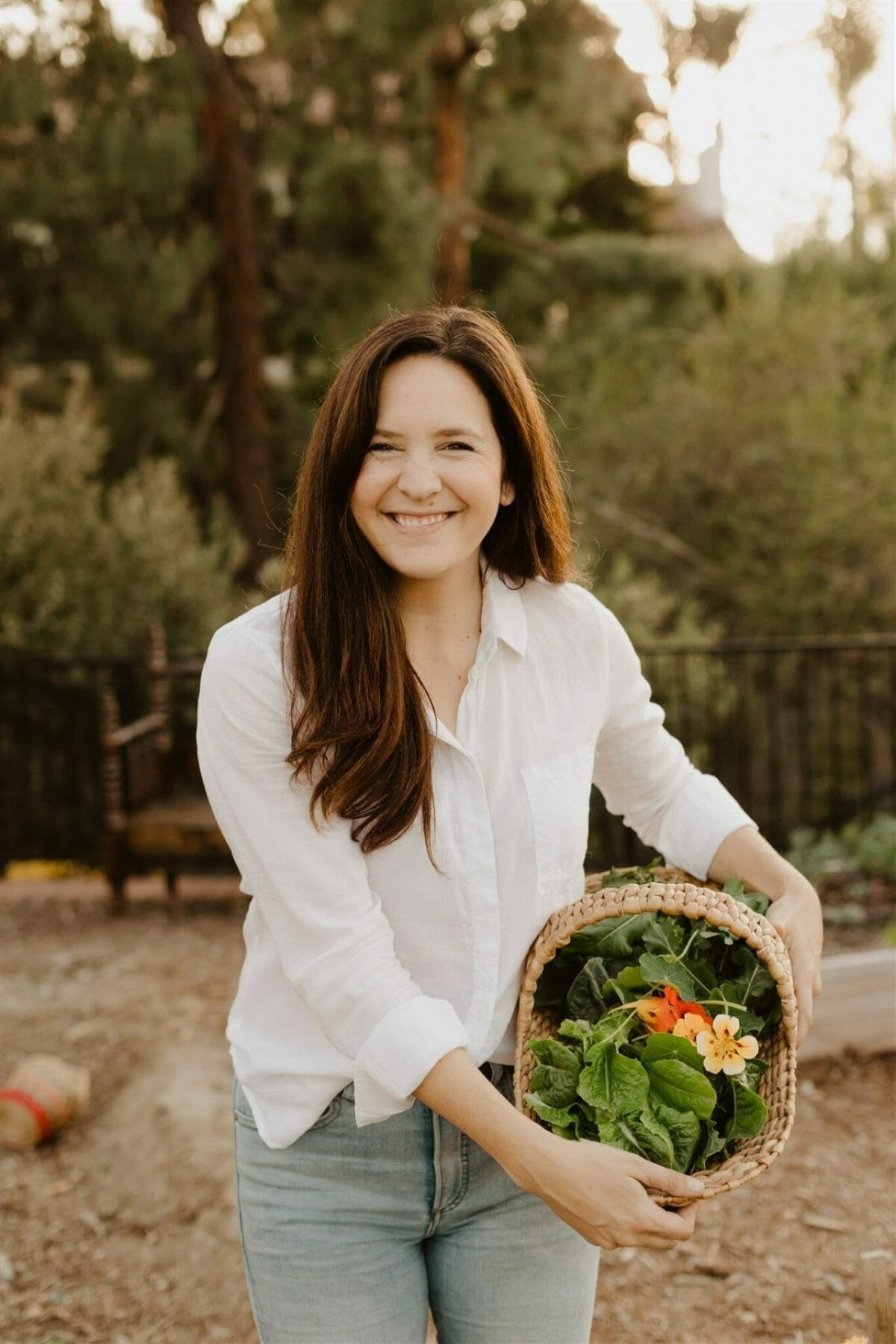
Five Tips for Gardening to Replace Your Groceries
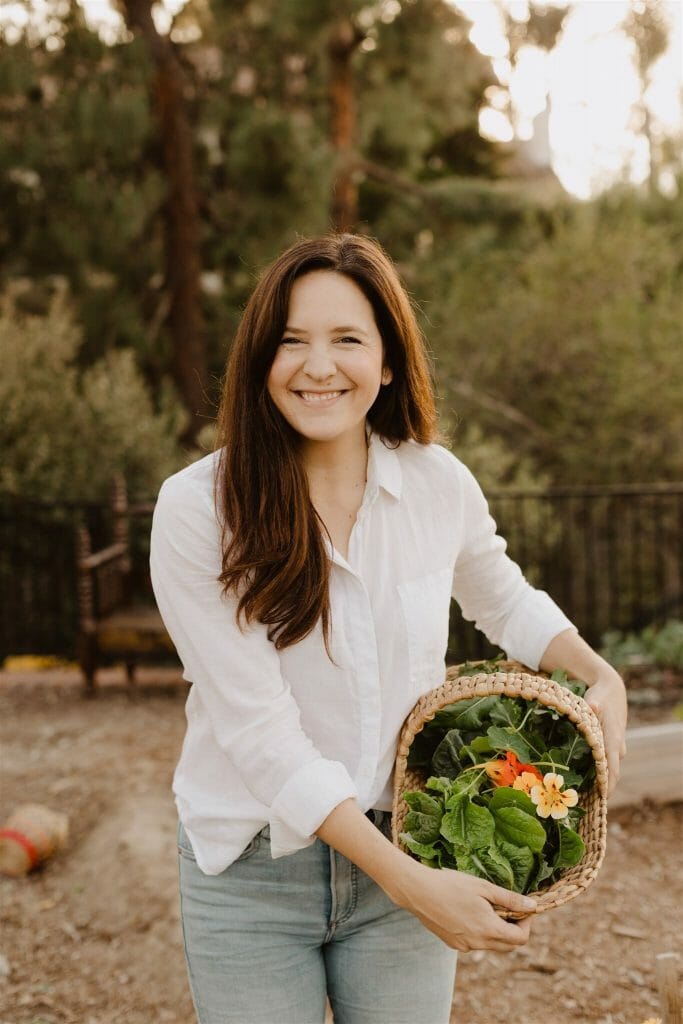
I did not start out with this in mind. Maybe, maybe I thought about replacing one item a season, but I never thought I’d have enough space.
The truth is, it’s more about succession planting as much as you can and maximizing space than having acreage. And it’s about knowing what you consume.
With the world in a crazy place, and legacies of self-reliance dissipating like dust in the wind, I think knowing how to sustain yourself and your family is such a gift.
If you’re wanting to try and grow as much as you can to replace buying veggies and herbs, then this article is for you!
Let’s dive in.
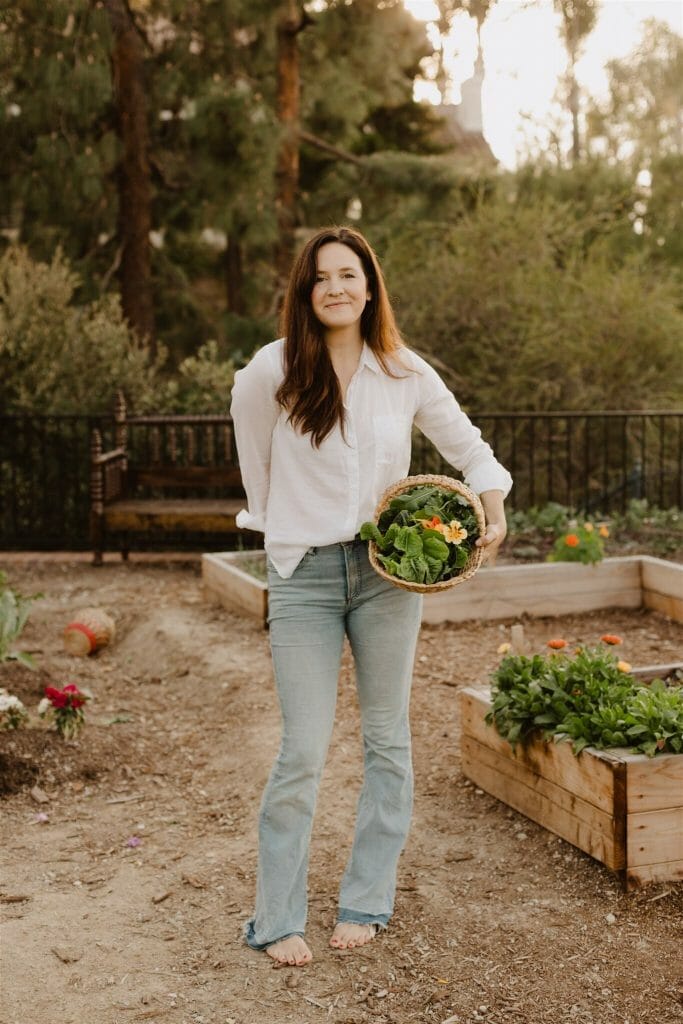
ONE: Tracking what you use.
There are myriad ways to do this, of course. For me, I am doing two things. First, I am writing down what veggies and herbs I use after each meal or at the end of the day. I have a list taped up on the inside of a cabinet and evaluate quarterly. This will obviously take all year, BUT you will start to see a pattern, like every week you use a bag of spinach or 5 carrots, or 150 avocados, etc.
The second is for the habits that I have and already know. I am tracking that info in a master spreadsheet on my computer where I will add my quarterly info. I already know that we use one avocado a day (crazy, I realize that), one bag of carrots per week and that we grew 6 arugula plants this year and it was plenty, etc., etc.
These two methods combined are easy and take the least amount of effort for me.
Some alternatives:
- Saving receipts and reviewing what you bought. I don’t love this though, because what we buy versus what we use is often different.
- Tally things as you go. Make a long list of veggies, fruit, and herbs that you use/ think you’ll use and print that off. Then as you use each ingredient, tally it on your sheet. I like this idea more and more, so may give it a try as well.
TWO: Understanding seasonality
Since the garden is dependent on the weather, it is seasonal, as we all know. So, we may have to start thinking less about what we want to eat and more about what’s in season to eat. If you find that during the summer you eat a ton of lettuce, but if lettuce doesn’t grow well for you in summer now is the time to think about what green you can replace that with, which can grow during summer for you.
THREE: Preserving
Tomatoes are the top example that I have. For me, they only really grow a quarter of the year. So, if I want to replace all marinara sauce with homemade sauce from my tomatoes (which, yes I do) then we need to think about preserving. Canning, freezing, dehydrating, dry storing. Those are the options, all based on the vegetable and how you want to consume it.
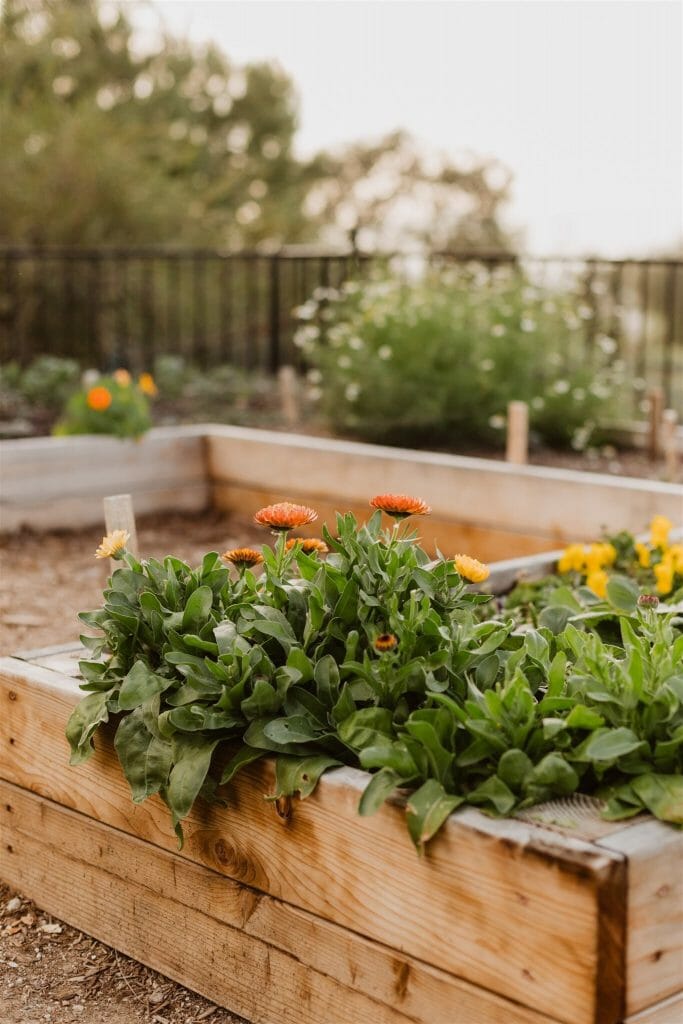
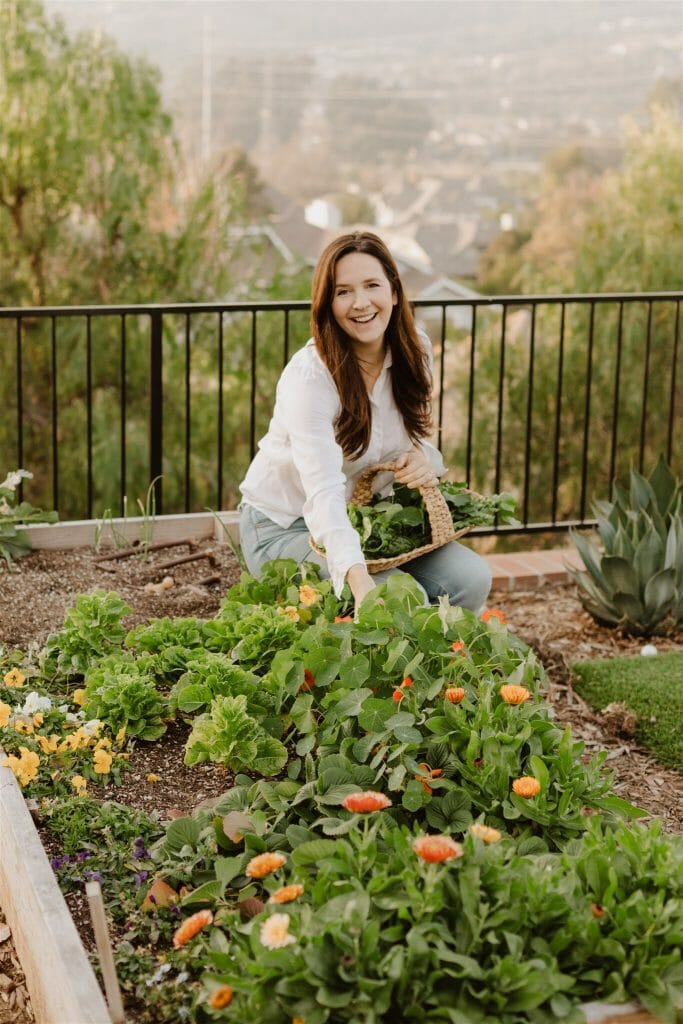
FOUR: Succession planting
This is where notes matter. Garden journals are my best friend, and so are phone and wall calendars. I literally have to program things into my phone AND see it on the wall calendar to give myself proper context and a sense of urgency. Many crops can be succession planted in a season to stretch your yield. Plan on this for things like beets, radish, carrots, broccoli, etc., and don’t worry about it for anything that is cut and come again or consistently producing like kale, peas, etc.
FIVE: Think outside the box
My last tip is about space – land does matter a little bit. Think outside of just the garden and into other areas that can handle pots or grow bags, vertical planting on walls or fences, and mixing herbs into tiny corners of planters or as edible decor in a pot. Get crafty and adventurous when it comes to growing vegetables and herbs – you never know what will work until you try! This year I planted a dozen garlic cloves in a giant pot that gets virtually no sun and minimal water and they’re doing just fine! Who would have known?!
I hope this helps you plan out your garden in a way that can potentially save you money and instill a deep sense of self-reliance in you. Keep doing this good work – the world needs it! If you have any questions, leave them in the comments!
